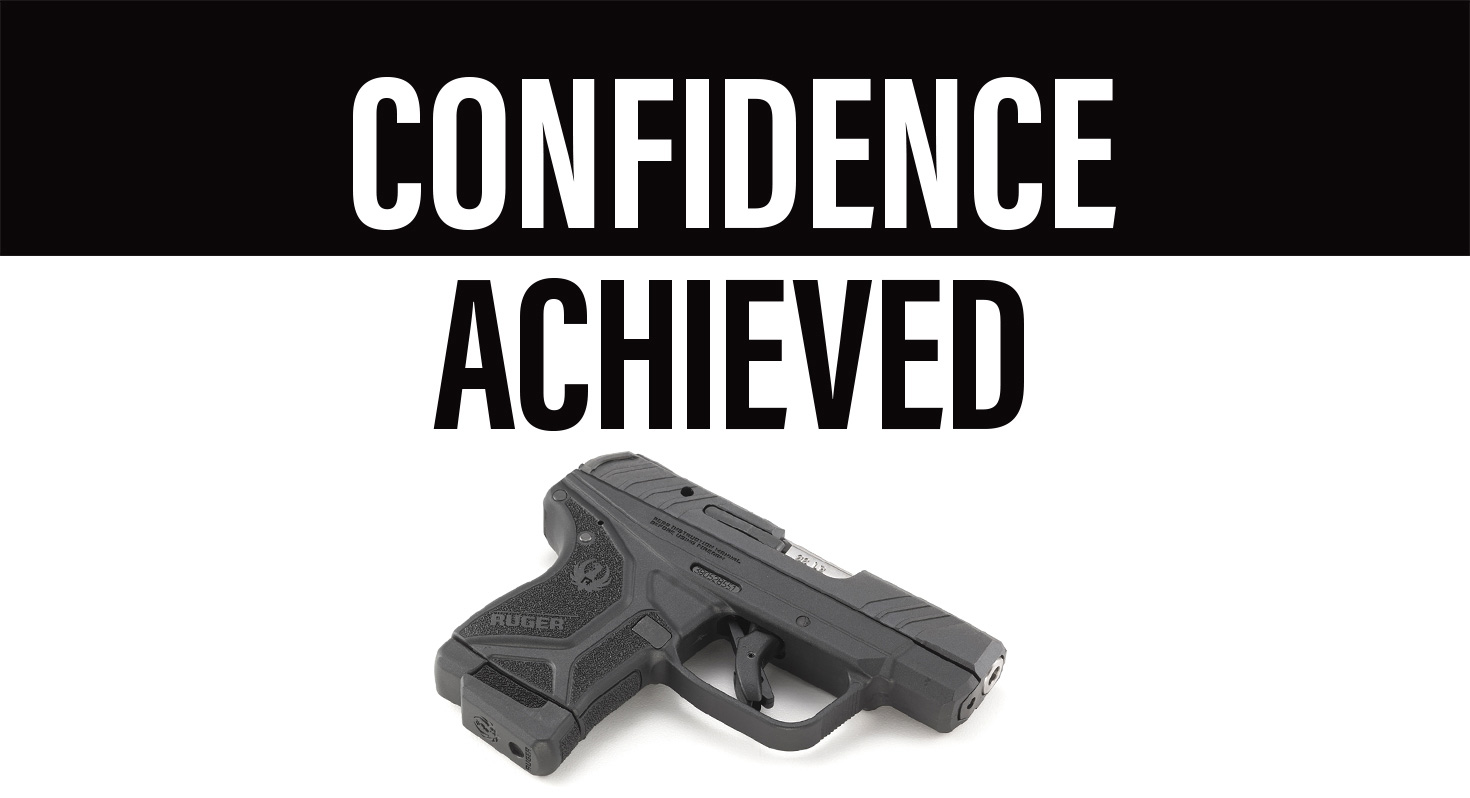Range Review: Ruger Lite Rack LCP II .22 LR
Ruger is one of the most diverse makers of firearms in the United States, with products ranging from rimfire and centerfire rifles for plinking and hunting to handguns for target shooting and self-defense. One gem among these various products is a small, semi-automatic pistol called the LCP. Launched in 2008, it was an immediate hit with the concealed carry crowd and has become a standard in its market.
As good as the LCP is, the original design wasn’t perfect. The LCP’s sights are really nothing more than tiny bumps machined directly into the slide. They work to get the handgun pointed in the right direction but seem more of an afterthought than a design feature. Another common gripe is the trigger. Many users think the trigger is too long and heavy. Not intended to be a target pistol (see complaint about sights above), the trigger is acceptable for concealed carry use but is heavy and long nonetheless.
Ruger heard these complaints and introduced the LCP II in 2016 (reviewed here). It addresses the concerns of sights by adding slightly bigger machined-in bumps. The trigger is improved by switching from a long and heavy double-action-only pull to a lighter and shorter single-action-only pull. Ruger also added a last round hold-open to the pistol to aid in reloading and as an indication that the magazine is empty.
Given Ruger’s success with the LCP and LCP II, it was inevitable that either pistol would be made available in something other than .380 ACP. Internet rumors have swirled for quite some time about different calibers. Many people, myself included, were guessing that a version in .32 ACP or possibly .32 NAA was soon to be released. Imagine my surprise when I learned that the first new offering is chambered in none other than .22 LR.
At first glance, the Lite Rack .22 LR version is nearly indistinguishable from the .380 ACP variant. Both pistols share the same overall size and shape. Grip texturing and overall cosmetic patterns like cocking serrations and placement of logos are also nearly identical.

